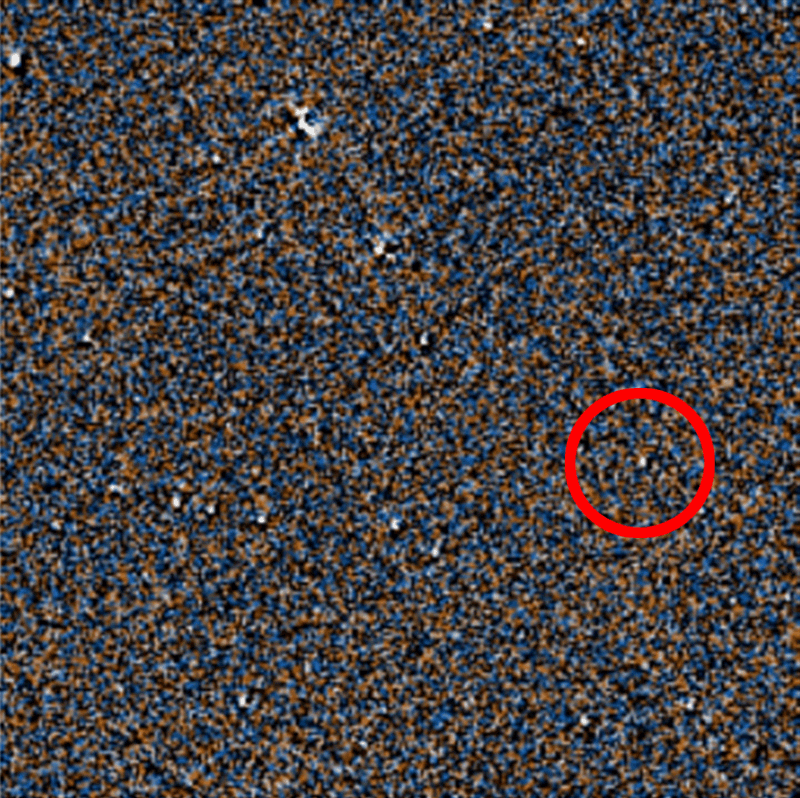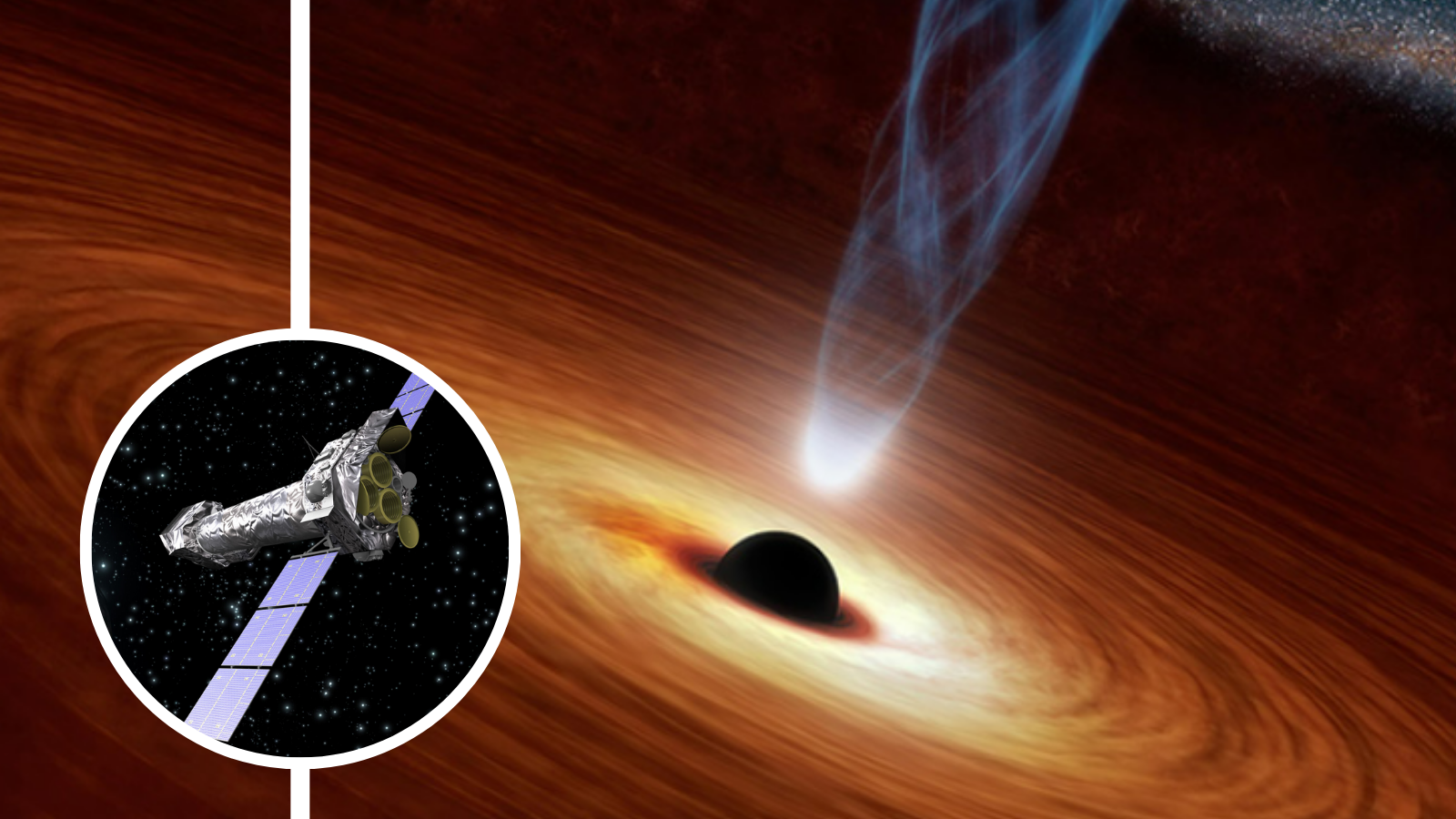A 'Feel-Good Moment for Science': Volunteers Spot the Sun's Newest Neighbor

Citizen scientists have spotted a failed star, known as a brown dwarf, just 100 light-years from the sun.
That makes the cold world — somewhere in between star and planet — relatively close to our solar system, at least in the astronomical sense.
The volunteers identified the brown dwarf just days after science organizations released a new tool to help engage the public in the hunt for new worlds at the edges of our solar system. Because the tool relies on hunting for dim moving objects, it was able to reveal the brown dwarf beyond the solar system.
In February, several institutions, including the American Museum of Natural History (AMNH), launched the Backyard Worlds: Planet 9 website to help in the search for the object dubbed "Planet 9." Although this hypothetical world has not been confirmed, the way the solar system objects move suggests that an additional object — possibly the putative Planet 9 — is exerting a gravitational influence in the solar system. [Brown Dwarfs: Strange Failed Stars of the Universe Explained (Infographic)]
"I was so proud of our volunteers as I saw the data on this new cold world coming in," Jackie Faherty, a senior scientist at the AMNH, said in a statement. "It was a feel-good moment for science."
Using the website, anyone can flip through images captured by NASA's Wide-field Infrared Survey Explorer (WISE). Objects near Earth will appear to "jump" and change position when volunteers compare multiple images taken a few years apart. Since February, volunteers have classified more than 4 million so-called flip-books of images. A similar, though less digital, approach was used to discover Pluto.
Only days after the website debuted, Bob Fletcher, a science teacher in Tasmania, flagged a very faint object moving across the WISE images. Three other participants — from Russia, Serbia and the United States — also marked it as an interesting object.
Breaking space news, the latest updates on rocket launches, skywatching events and more!
After the research team examined the object, which they originally called "Bob's dwarf," Faherty used NASA's Infrared Telescope Facility in Hawaii to confirm it as a previously unseen brown dwarf that lies about 110 light-years from the solar system. Of the thousands of stars within 100 light-years, most are dim red dwarfs too cool to be spotted with the eye alone.
Often called failed stars, brown dwarfs fall between the definitions of star and planet. Although they aren't massive enough to sustain nuclear fusion at their core — a requirement for stars — they glow in the infrared, whereas planets don't emit their own light except immediately after their birth. Understanding their characteristics can help researchers learn more about gas giants beyond the solar system.
"Brown dwarfs are strikingly similar to Jupiter, so we study their atmospheres in order to look at what weather on other worlds might look like," Jonathan Gagné, a Backyard Worlds team member from the Carnegie Institution for Science, said in the same statement.
The research, which listed all four citizen scientists as co-authors, was published in The Astrophysical Journal Letters in May.
In the meantime, the Backyard Worlds research team will continue to hunt for the unseen Planet 9.
"It's possible that there is a cold world closer than what we believe to be the closest star to the sun," Faherty said. "Given enough time, I think our volunteers are going to help complete the map of our solar neighborhood."
Join the hunt for Planet 9 at Backyard Worlds: Planet 9.
Follow Nola Taylor Redd at @NolaTRedd, Facebook, or Google+. Follow us at @Spacedotcom, Facebook or Google+. Originally published on Space.com.
Join our Space Forums to keep talking space on the latest missions, night sky and more! And if you have a news tip, correction or comment, let us know at: community@space.com.

Nola Taylor Tillman is a contributing writer for Space.com. She loves all things space and astronomy-related, and always wants to learn more. She has a Bachelor's degree in English and Astrophysics from Agnes Scott College and served as an intern at Sky & Telescope magazine. She loves to speak to groups on astronomy-related subjects. She lives with her husband in Atlanta, Georgia. Follow her on Bluesky at @astrowriter.social.bluesky
